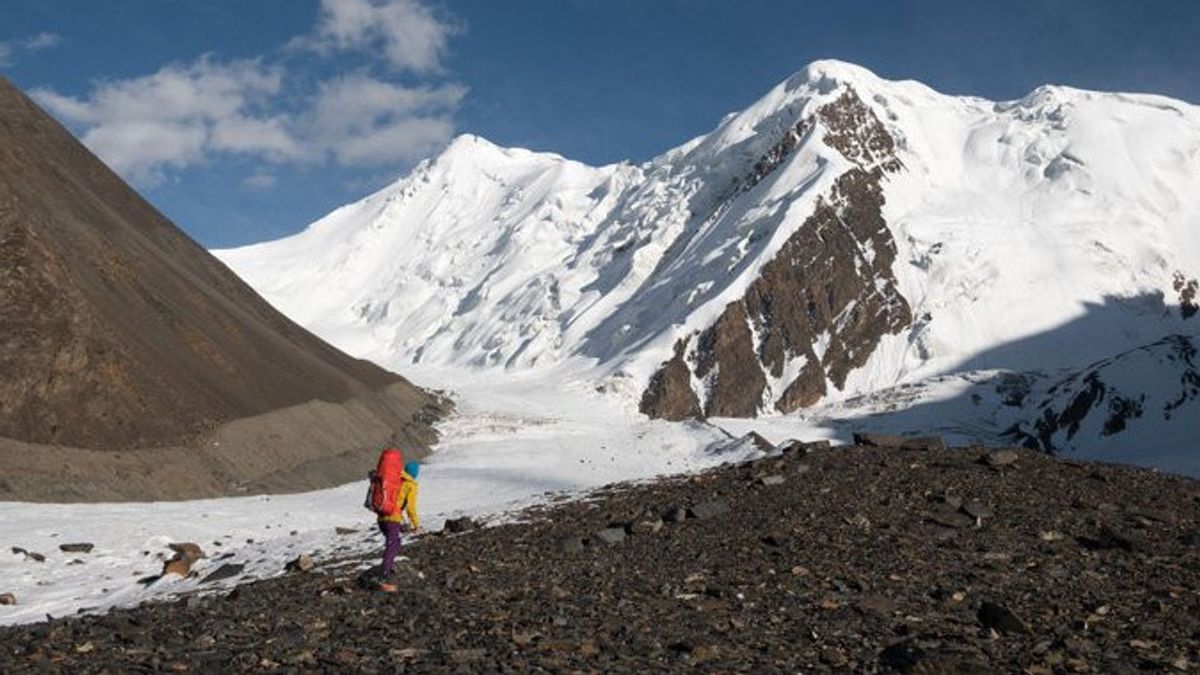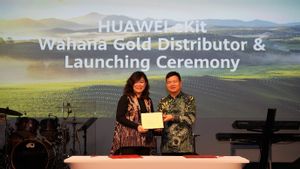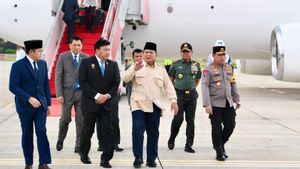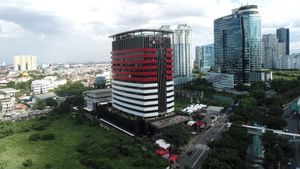JAKARTA -- For climbers who dream of conquering the summit of Everest, be prepared to bring more equipment.
After experiencing the deadliest climbing season that killed 18 climbers, Nepalese authorities now require all climbers to bring small GPS trackers sewn into their clothing.
The tracker can function up to a depth of 20 meters below the snow sheet, so it is hoped that it will make it easier for rescue teams to find climbers who have an accident.
This new regulation comes after previously enacted regulations requiring climbers to bring their own dirt back to the base camp.
GPS Mandatory For Security
" GPS trackers must be used by climbers this year. Thus, if an accident occurs, their location can be identified accurately," said Rakes Gurung, Director of Climbing at Nepal's Department of Tourism, quoted by VOI from AFP.
State-of-the-art trackers have been used by professional climbers and several expedition companies. This device provides important information about the progress of climbing and provides data for expedition sponsors. However, this new mandatory tracker is a simple 'pasive' GPS device with a limited function.
Measuring no larger than USB, this tracker does not require power and can easily be sewn into a jacket. The cost of this tracker is between 10 and 15 US dollars (around Rp. 157,000 - Rp. 210,000) per piece and will be provided by the tracking company.
Expensive Expedition Fees
The tracker will be removed and stored for the next climber once they return from the summit. After all, the tracking fee shouldn't be a big deal for anyone who's serious about getting to the top.
Most of those who tried to reach the top of 8,849 meters did so via Nepal, where they had to pay 11,000 US dollars (around Rp172.7 million) just for a climbing permit.
Coupled with the cost of purchasing equipment, food, oxygen, and renting a guide shelter for months, the total expedition fee could reach more than IDR 500 million.
This new regulation came into force after one of the deadliest climbing seasons ever, killing 18 climbers including three Nepalese Sherpas who were hit by ice in Khumbu Icefall.
In addition, as climbing to the top can only be done when the weather is clear, long queues often occur on the mountain, which substantially increases the risk of death.
SEE ALSO:
As Covid restrictions are lifted, the number of climbers visiting Everest every year continues to increase. Last year around 60,000 tourists visited Sagarmatha National Park, which includes Everest, while 600 people tried to reach the top.
This makes climbing to Everest a great financial opportunity for the local community. But the rapid growth of the climbing industry has created stiff competition between companies for profit, and has also raised concerns that some companies are ignoring safety.
Everest can only rise when the weather is clear and the wind is calm. This causes long lines to form in challenging parts, keeping climbers waiting in the very cold weather and consuming their valuable oxygen supplies.
Another concern is that some companies bring inexperienced climbers to a 'death zone', above 8,000 meters, which creates serious risks for them and other climbers.
Having made saves at this altitude is nearly impossible, it is hoped that the tracker will make rescue of injured climbers easier and reduce the risk for rescue teams.
The English, Chinese, Japanese, Arabic, and French versions are automatically generated by the AI. So there may still be inaccuracies in translating, please always see Indonesian as our main language. (system supported by DigitalSiber.id)


















